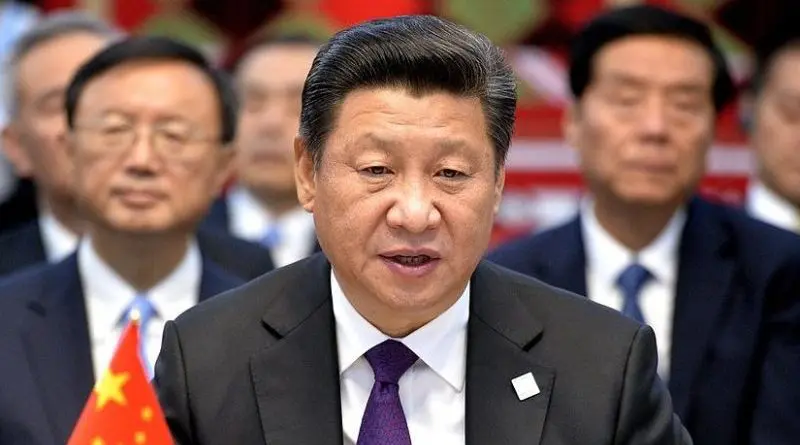China’s White Paper On The Right To Development – OpEd
By Romi Jain
Development is for the people; it should be pursued by the people and its outcomes should be shared by the people. This is what China’s reform, opening-up and socialist modernization drive are all about. — Xi Jinping
In unequivocal terms, Chinese President Xi Jinping encapsulated the essence of China’s reform in “people-centered development” in his keynote speech at the G-20 Summit in September 2016. Further, on December 1, China’s State Council released a bulky white paper, affirming development as the top priority in “governance and national revitalization.” Toward this end, building China into a “moderately prosperous society” and a modern socialist country has been identified as a key goal. The white paper is significant in the following major ways.
First, it constitutes a fervid assurance to Chinese citizens about the central leadership’s commitment to inclusive growth, reminding them of the course of “socialism with Chinese characteristics” that the communist regime charted in service of its people. Impressively, the text is interspersed with success stories in multiple domains of development: social, economic, cultural and political. For instance, 700 million people were extricated out of poverty between 1978 and 2015, representing over 70 percent of global poverty reduction, while China has also established the world’s largest social security system. Further, the average life expectancy has grown from 35 years in 1949 to 76.34 years in 2015. Moreover, the country has moved to a high-level of development from the low-level slot in the UN Human Development Index. Nevertheless, the Xi Jinping regime finds it imperative to strike a deep chord with the domestic populace to bolster its political credibility.
Second, the reference to a “moderately prosperous society” suggests balancing off the unchecked affluence of a few versus the rest, and facilitating an equitable distribution of resources through such measures as poverty alleviation and entrepreneurship-driven rural development. Notably, one-third of China’s wealth is owned by the richest one percent of households. Third, it suggests acceptance of a medium pace of economic growth, dubbed as “new normal”, achievable through socially and environmentally sustainable development. Fourth, it is an emphatic message of irreversibility of the socialist path as integral to the Chinese model of development, regardless of the debate over its actual practice.
In reality, however, the beaming vision of inclusive development is faced with some blotches. One, the swamp of corruption thrives in the absence of a robust public accountability mechanism. On the basis of his study of 260 cases of corruption, Minxin Pei (2016), a professor of government at Claremont McKenna College in California, contends that crony capitalism in China is “predatory, pervasive, and entrenched.” Pei traces its root to the early 1990s when administrative authority was decentralized without clarification of the right of ownership to state-owned assets, spawning unbridled collusion between local officials or political elites and private entrepreneurs in embezzling such resources as land, mines and state-owned enterprises. Cognizant of this state of affairs, the current regime has sought to inject discipline in administration through the massive anti-corruption campaign that targets both “tigers and flies.” However, a long-term solution demands reform of institutionalization of oversight of and transparency in transactions by party officials.
Two, the reported state-backed repression of ethnic minorities and the inexorable clampdown on dissent are diametrically at odds with the notion of inclusive prosperity. Practices such as subjection of Uyghurs to hashar or forced and unpaid labor and religious discrimination, and detention and physical assault of lawyers and activists have been frequently reported. In fact, the white paper clearly states that “the universal application of human rights” in China is consistent with “the country’s reality.”
Implied, the central leadership reserves the right to exercise unchallenged authority through any means whatsoever. By this reasoning, the determination, yardstick, and measurement of development has been the prerogative of the ruling party. It makes the “right to development” an oxymoron since regardless of the rise in living standards of the common people, a discourse on development that deviates from the official route is stifled. In the end, it is up to Chinese citizens, including minorities, as to what extent they appreciate and applaud the promises and potential of the development initiatives in their country.
*Romi Jain, Vice President of Indian Journal of Asian Affairs

